The process of lipid migration during the retrogradation of Chinese mooncakes is a fascinating interplay of chemistry, physics, and culinary tradition. Often overlooked by consumers, this natural phenomenon plays a crucial role in developing the signature texture and mouthfeel that define a high-quality mooncake. As the freshly baked pastries cool and rest, invisible but transformative changes occur beneath their ornate surfaces.
At the molecular level, the retrogradation period triggers a complex dance between oil molecules and other ingredients. The wheat flour-based skin, initially crisp from oven heat, begins absorbing oils from the rich fillings through capillary action and diffusion. This gradual redistribution of lipids softens the crust while simultaneously enriching the filling's consistency. Traditional bakers refer to this as the "returning oil" phase, when the mooncake achieves its characteristic glossy appearance and tender bite.
The science behind this process reveals why timing proves so critical. During baking, high temperatures cause starch gelatinization and protein denaturation, creating a porous structure in the pastry. As the mooncake cools, these microscopic channels become pathways for lipid movement. The specific melting profiles of different fats - whether lard, peanut oil, or modern vegetable shortenings - determine migration rates and final texture. Artisan bakers have long observed that mooncakes made with lard require shorter retrogradation periods than those using plant-based oils.
Regional variations in mooncake recipes demonstrate how ingredient ratios affect lipid behavior. Cantonese-style mooncakes, with their thin skins and dense fillings, exhibit more pronounced oil migration than the thicker-skinned Suzhou varieties. The high sugar content in red bean or lotus seed paste creates osmotic pressure that actively draws oils outward, while savory fillings like salted egg yolk demonstrate different absorption patterns. Modern food scientists use magnetic resonance imaging to map these migration pathways with astonishing precision.
Climate conditions during retrogradation significantly influence outcomes. In humid environments, moisture competes with lipids for absorption into the pastry matrix, sometimes creating undesirable sogginess. Professional kitchens carefully control storage conditions, maintaining temperatures between 15-20°C with moderate humidity. This explains why autumn, with its cool dry weather, became the traditional mooncake season long before the Mid-Autumn Festival's cultural significance.
The choice of wrapping materials also impacts the process. Traditional oil papers allow optimal moisture exchange compared to modern plastic packaging. Some premium producers now use breathable membranes that regulate vapor transmission rates, achieving consistent results regardless of external humidity. This marriage of ancient wisdom and contemporary technology ensures each mooncake reaches consumers at its textural peak.
Nutritional considerations have spurred research into modifying lipid migration patterns. Reduced-fat formulations require emulsifiers to maintain proper texture development, while gluten-free versions struggle with oil absorption due to altered starch networks. Interestingly, some health-conscious innovations borrow techniques from French patisserie, incorporating ground nuts into crusts to compensate for reduced oil migration.
Quality assessment methods have evolved alongside scientific understanding. Where experienced bakers once judged readiness by surface sheen and finger indentation, laboratories now employ texture analyzers and rheometers. However, the ultimate test remains the sensory evaluation - that perfect balance of yielding crust and unctuous filling that signals complete retrogradation. This harmonious marriage of oil and starch defines the soul of a proper mooncake.
As globalization introduces mooncakes to new markets, manufacturers face challenges in adapting the retrogradation process for different climates. Some export versions incorporate food-grade desiccants in packaging, while others adjust baking parameters to account for longer distribution times. These adaptations ensure the cultural essence of the mooncake survives its international journey, oil migration patterns intact.
The cultural significance of this biochemical process shouldn't be underestimated. Just as the moon waxes to fullness during the Mid-Autumn Festival, the mooncake completes its transformation through lipid migration. This silent alchemy connects modern food science with centuries of culinary tradition, one slowly softening pastry at a time. The perfect mooncake, after all, isn't baked - it's born through patient waiting as oils find their destined places.
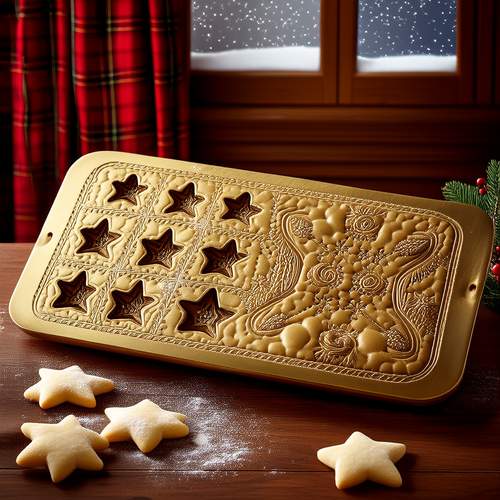
By /May 26, 2025

By /May 26, 2025
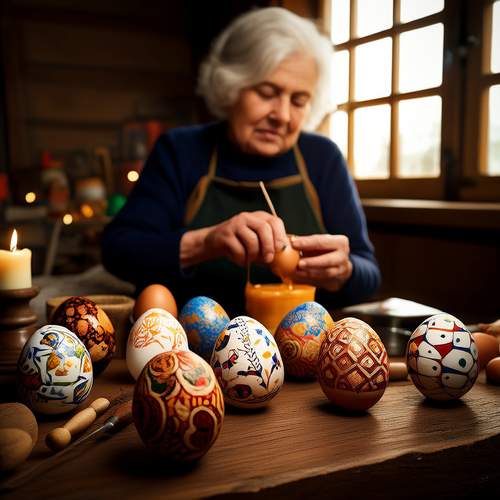
By /May 26, 2025

By /May 26, 2025
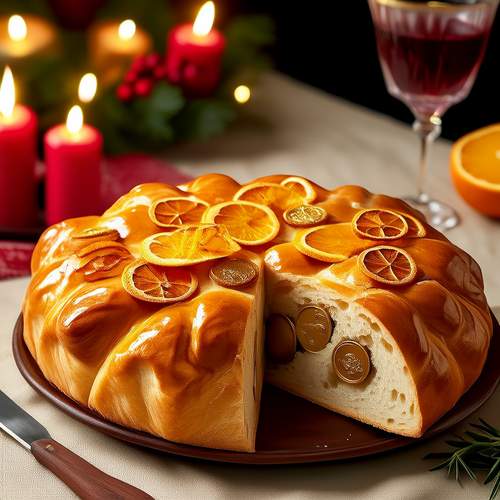
By /May 26, 2025
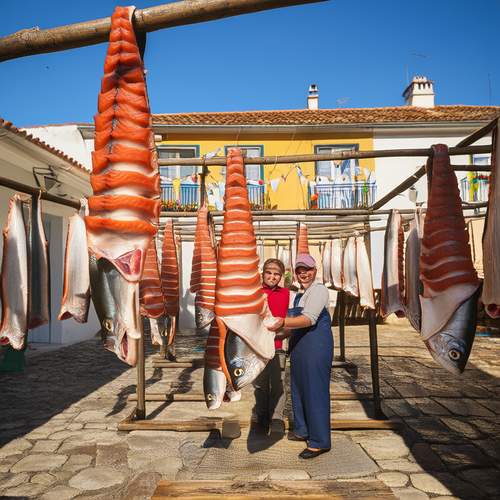
By /May 26, 2025
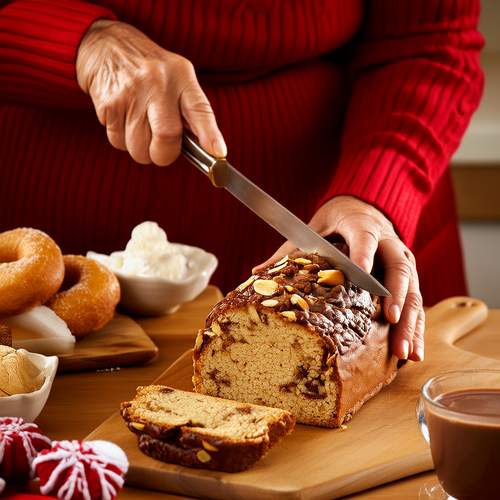
By /May 26, 2025
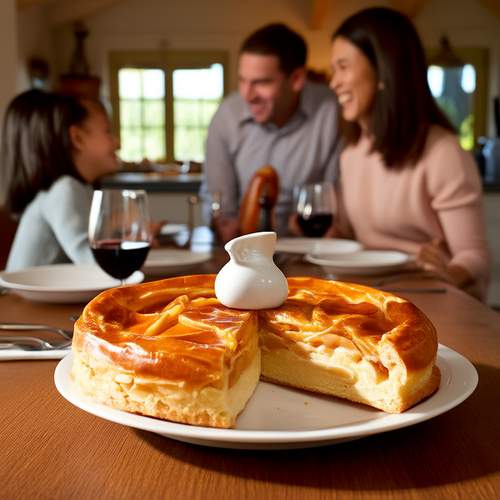
By /May 26, 2025
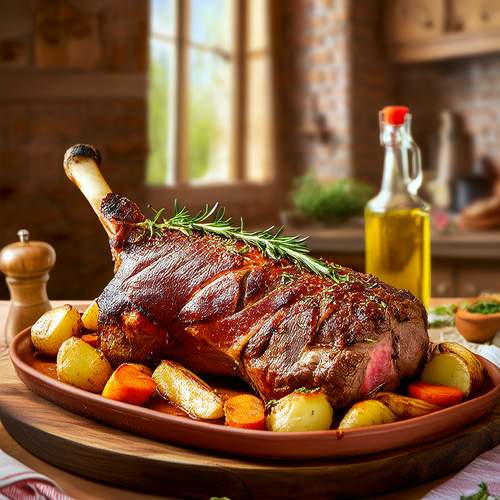
By /May 26, 2025
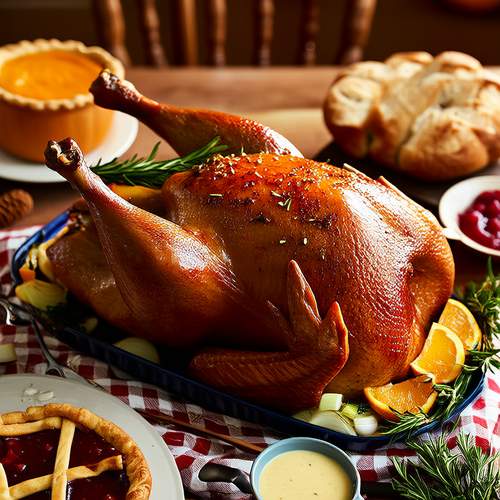
By /May 26, 2025
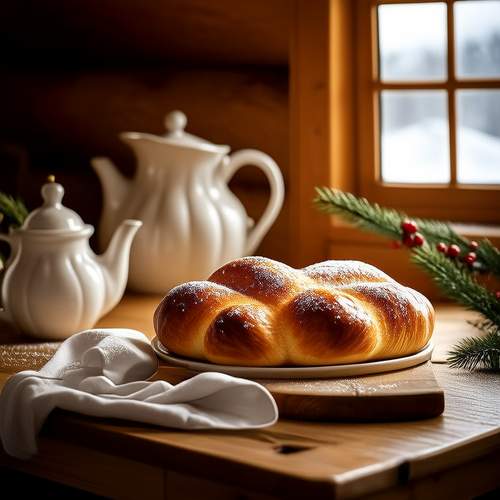
By /May 26, 2025
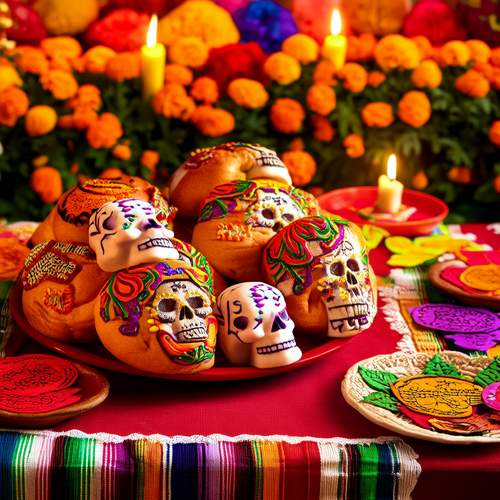
By /May 26, 2025
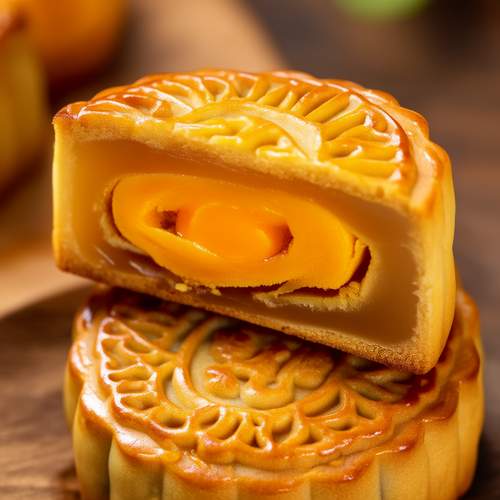
By /May 26, 2025

By /May 26, 2025
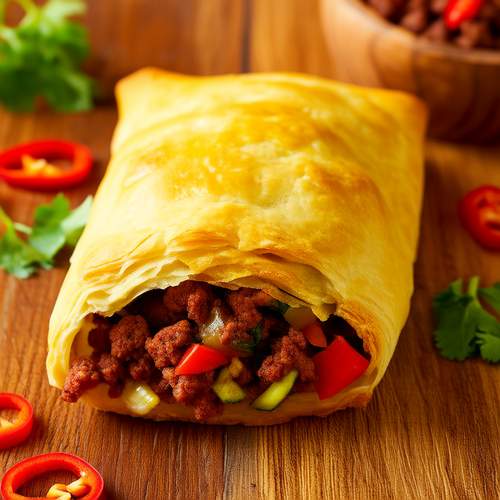
By /May 26, 2025
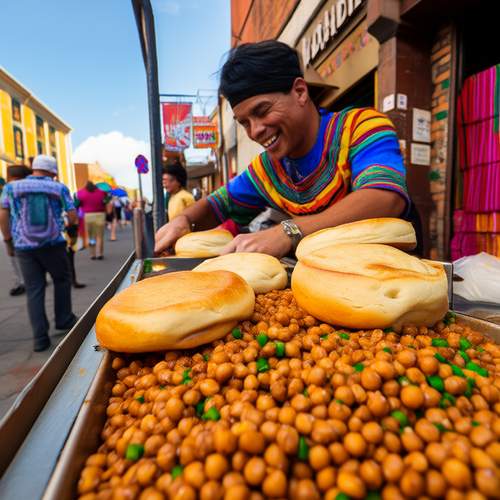
By /May 26, 2025
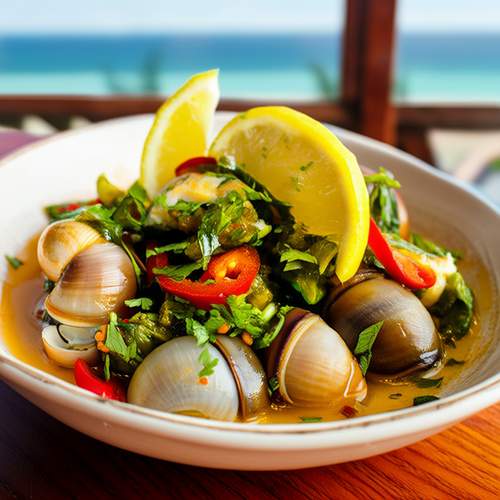
By /May 26, 2025

By /May 26, 2025
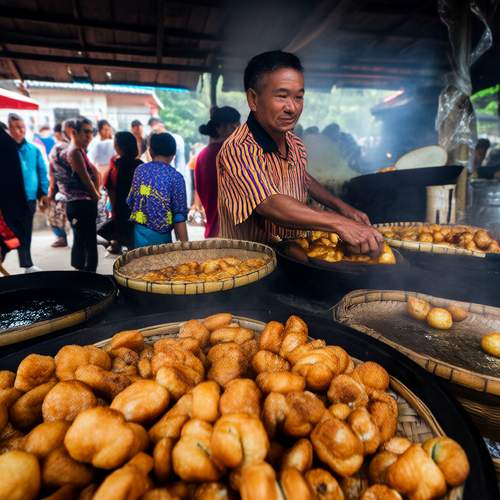
By /May 26, 2025
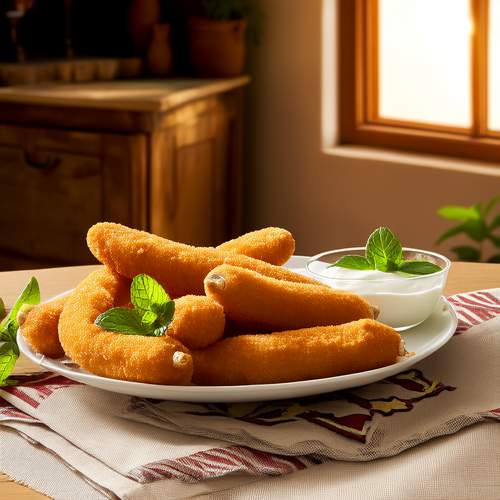
By /May 26, 2025